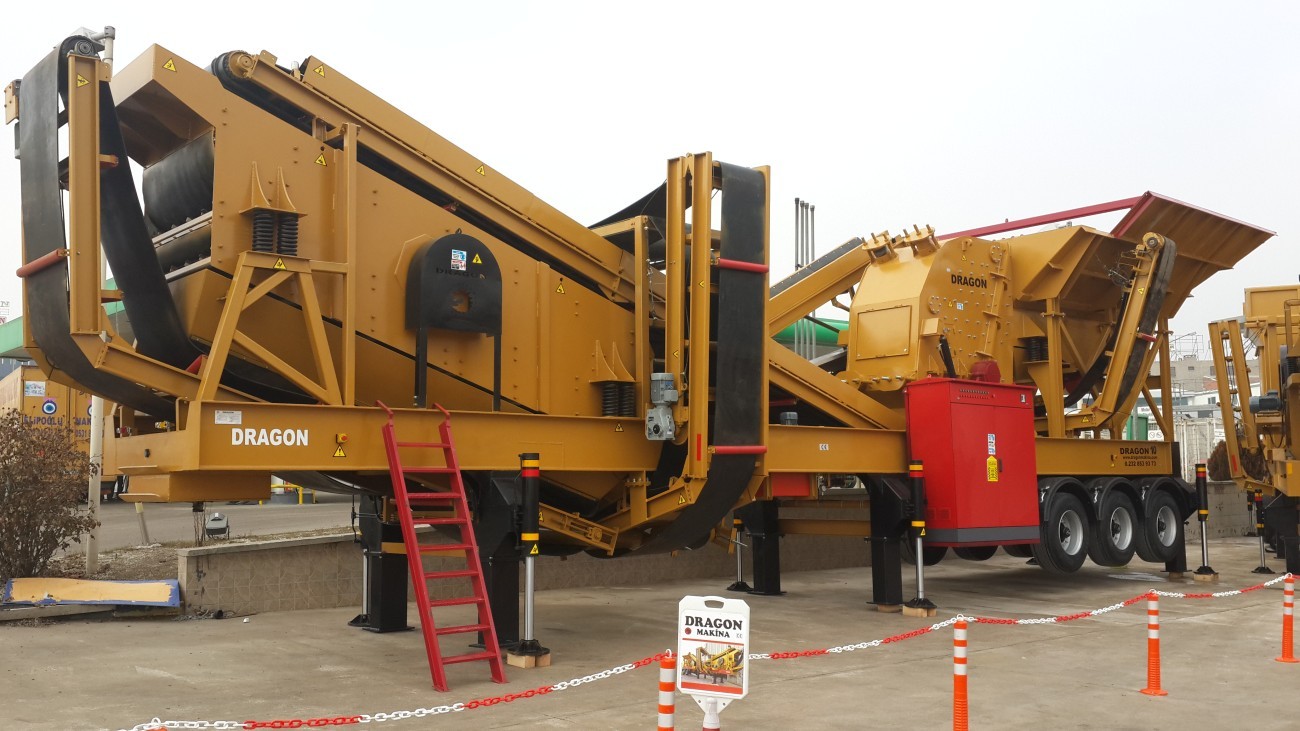Crushed Stone Plant is an industrial facility that mechanically processes large rocks into aggregates (crushed stone, gravel, sand) for construction projects such as roads, concrete, railway ballast, and drainage systems.
How It Works?
Transport and Feeding:
Large rocks (1-1.5 meters in diameter) from quarries are transported to the plant and dumped into feeder hoppers.
Crushing Stages:
Primary Crushing: Jaw crushers or impact crushers reduce rocks to 10-30 cm.
Secondary Crushing: Cone crushers or impact crushers break materials into 2-5 cm pieces.
Tertiary Crushing: Vertical shaft impactors (VSI) produce fine aggregates (0-5 mm sand).
Screening and Classification:
Vibrating screens sort crushed materials by size (0-5 mm, 5-15 mm, 15-25 mm).
Oversized materials are either recycled via a by-pass screen or sent back to crushers.
Washing and Storage:
Bucket or screw washers remove dust and clay from aggregates.
Clean aggregates are conveyed to stockpiles or prepared for shipment.
Key Equipment:
Crushers: Jaw, cone, impact, and VSI crushers.
Vibrating Screens: Multi-deck screens.
Conveyor Belts: Material handling.
Washers: Bucket, screw, or trommel washers.
Automation: Optimizes energy use and production flow.
Advantages:
High Capacity: Produces 500-5,000 tons per day.
Versatility: Produces various aggregate sizes (sand, gravel, crushed stone).
Eco-Friendly: Dust suppression and water recycling systems.
Mobile Options: Portable plants for temporary projects.
Applications:
Asphalt and concrete mixtures.
Road base layers and railway ballast.
Precast concrete elements and landscaping.
 English
English
 Le français
Le français
 Türkçe
Türkçe

